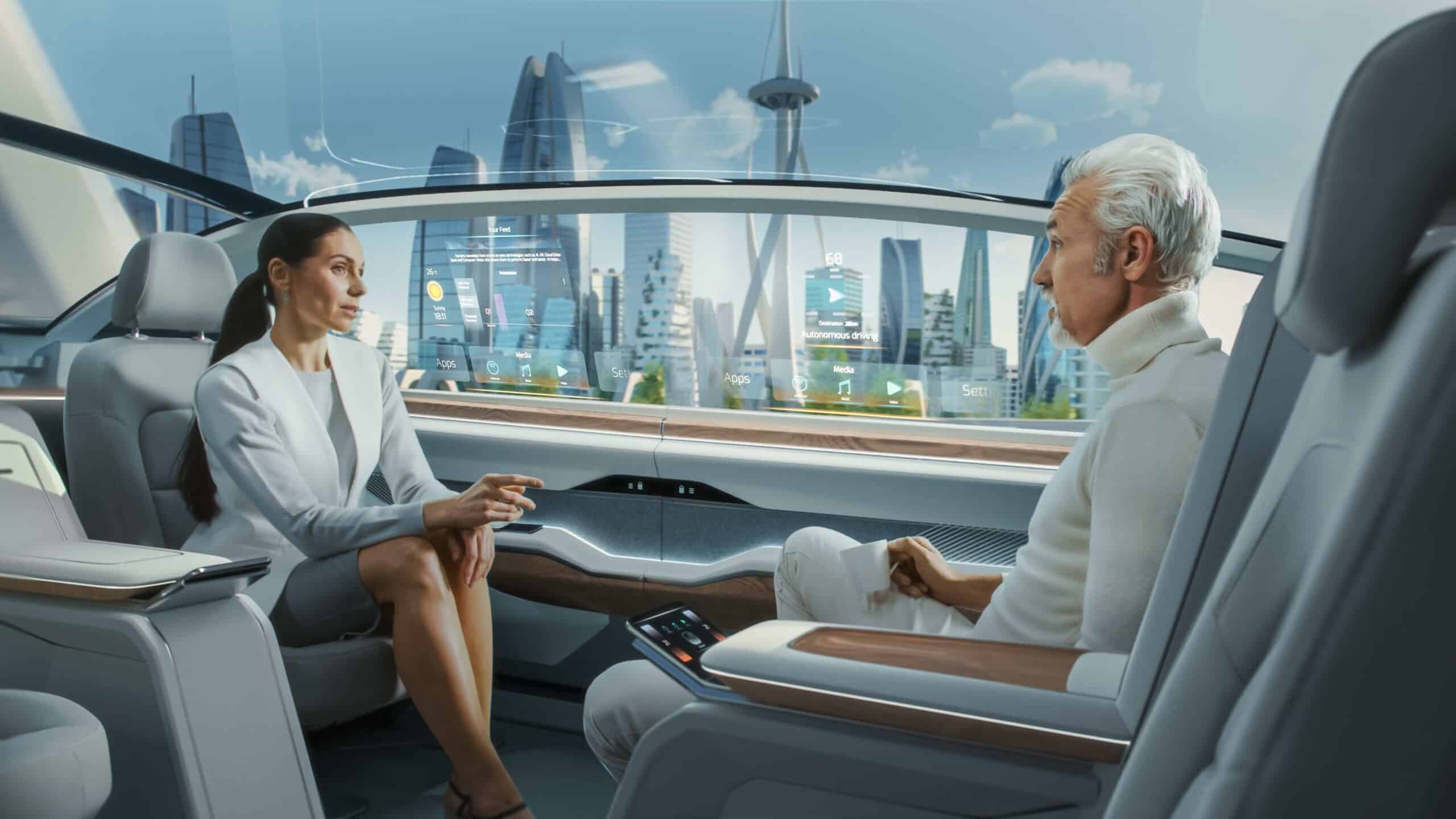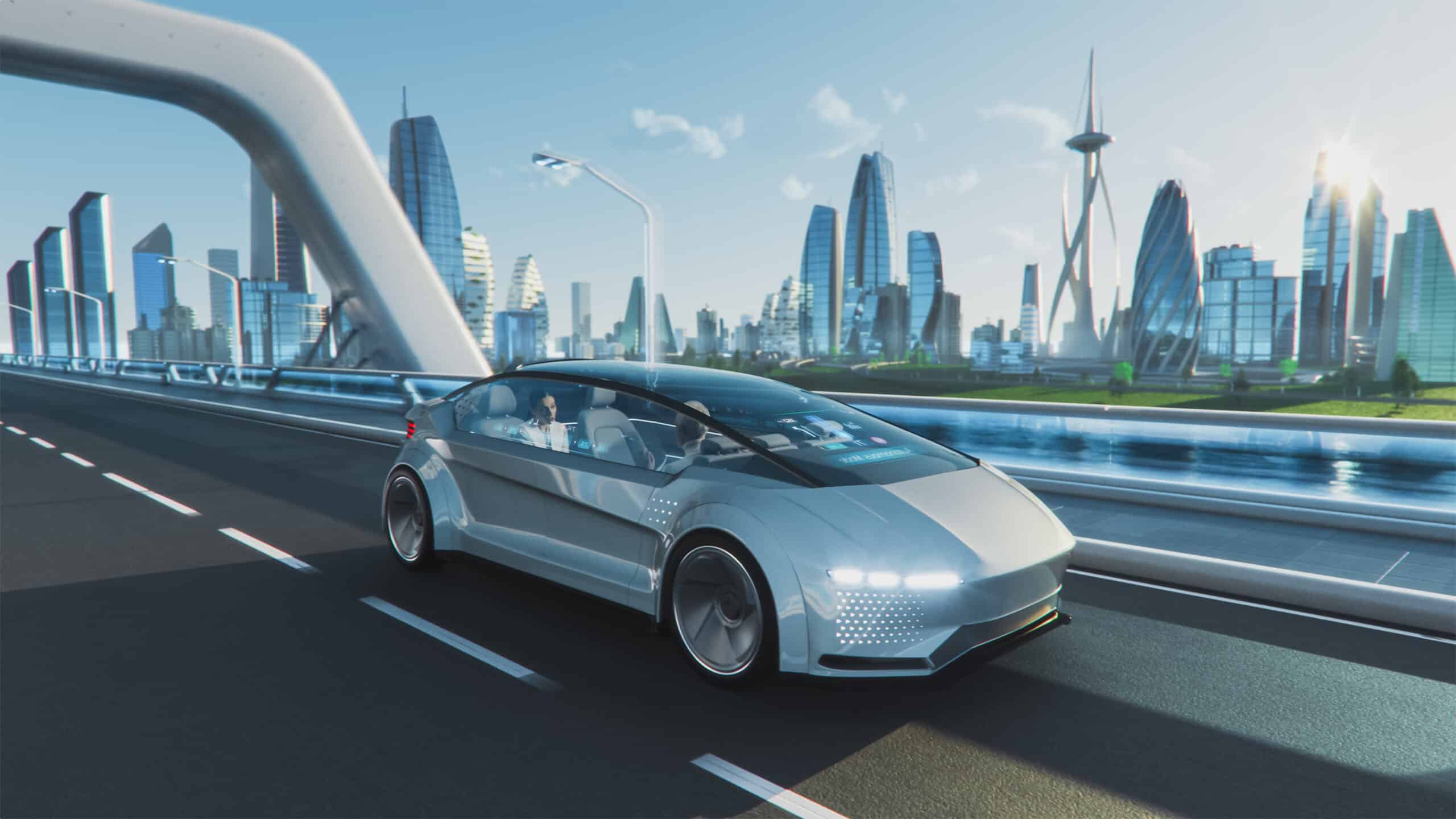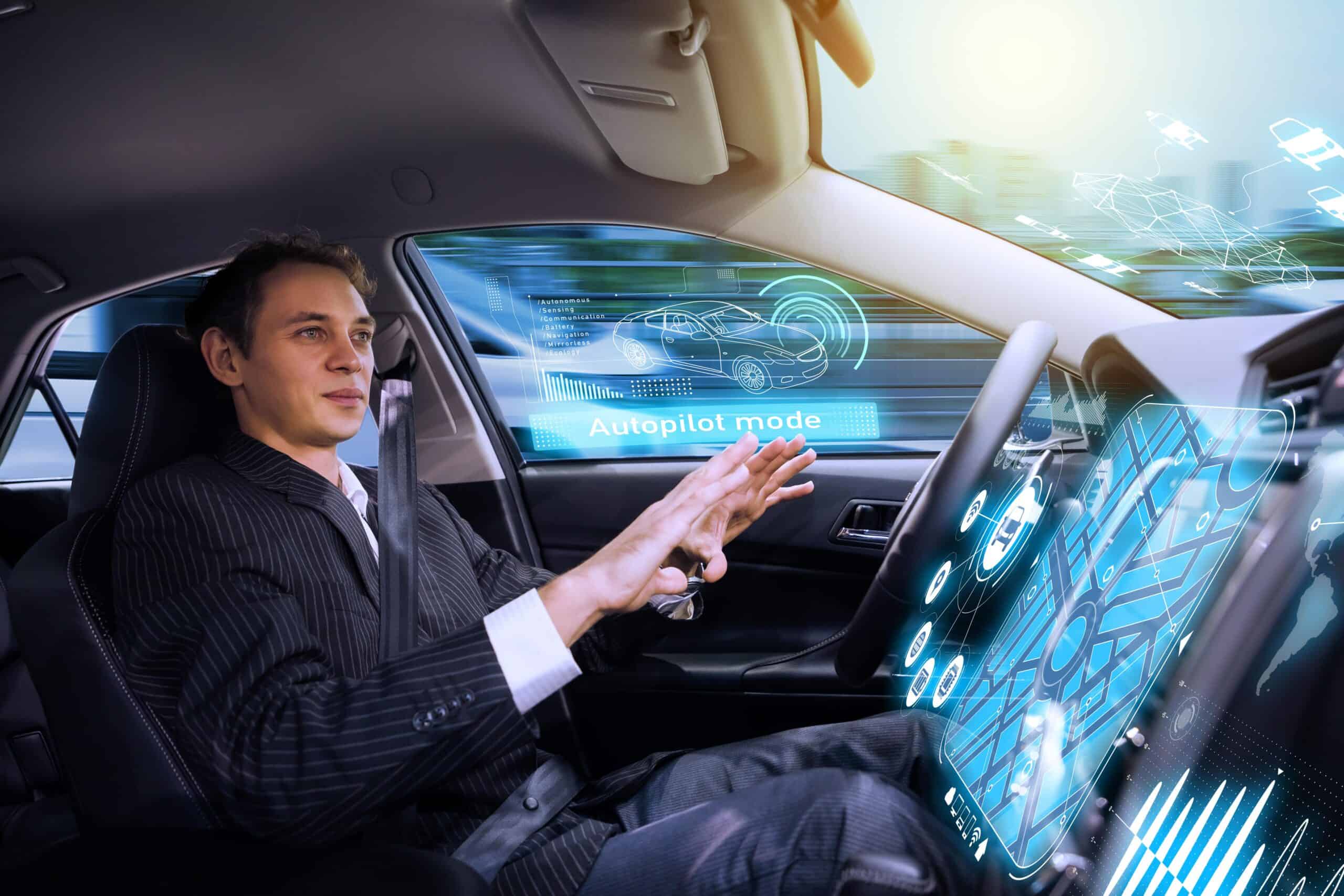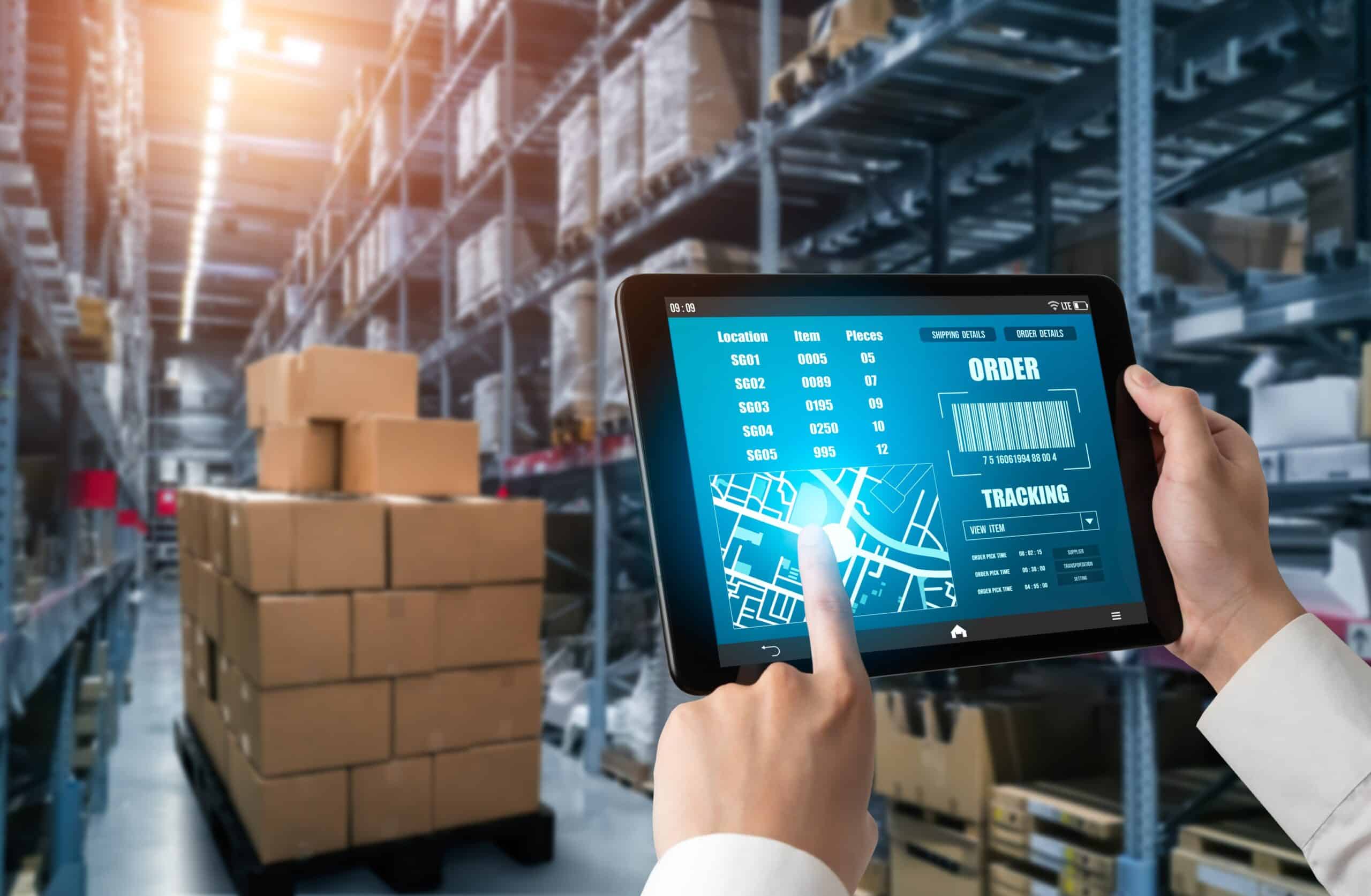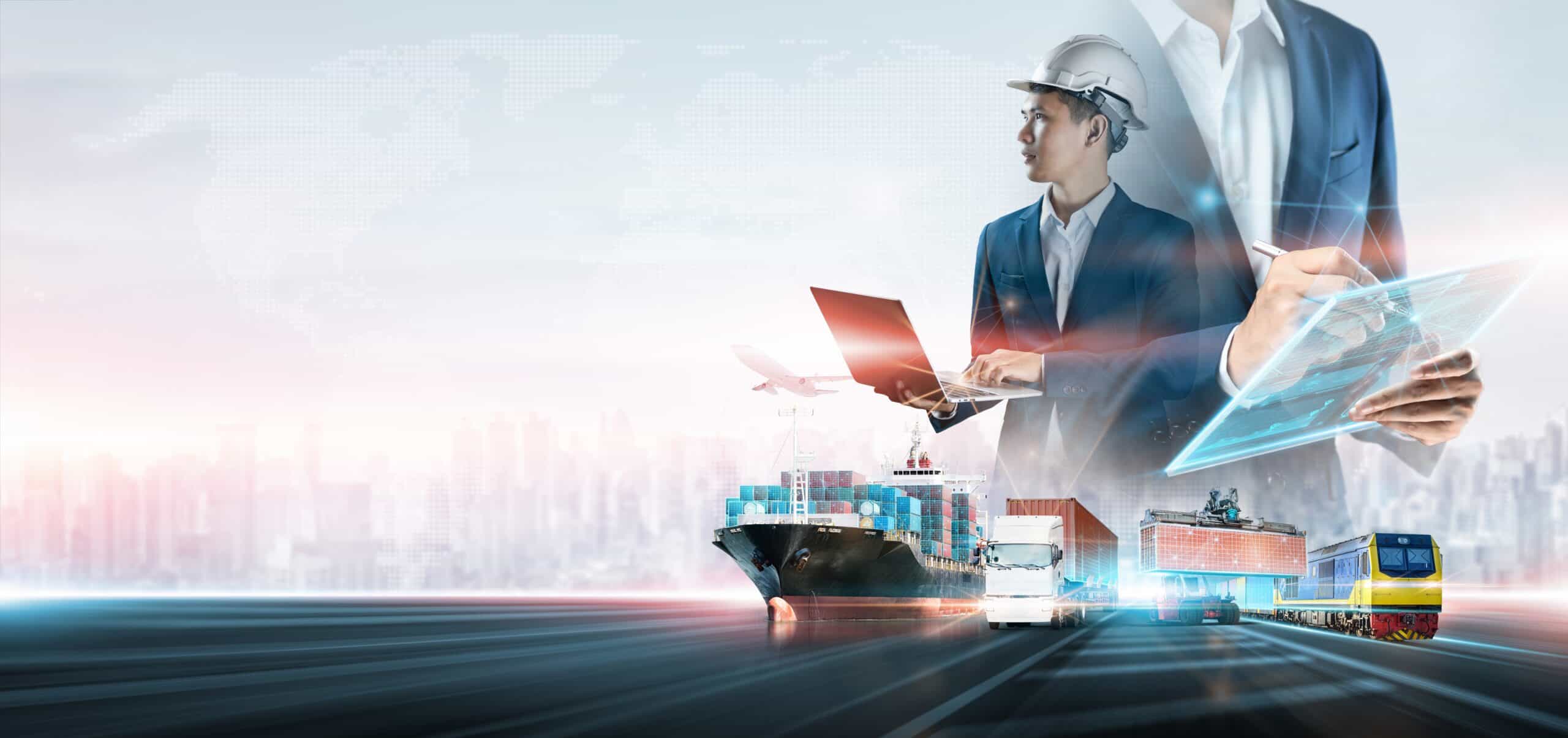- No longer a distant fantasy: self-driving cars are around the corner
- Investigative traffic stops will soon be a thing of the past, but is this a good thing?
- Traffic violations: whose fine is it anyway?
- Self-driving cars will soon be able to detect police presence
- Your autonomous car could still be pulled over
What typically gets us pulled over by traffic cops ranges from speeding to broken taillights, parking violations to driving under the influence and running red lights. Self-driving vehicles, programmed to abide by all traffic rules, would eliminate the need for policing. With car manufacturers currently spending billions of dollars to introduce fully autonomous vehicles to the market, it won’t be long before the traffic cop is rendered unwarranted and obsolete.
No longer a distant fantasy: self-driving cars are around the corner
Autonomous vehicles may seem like something that will happen sometime in the future, but they are literally just around the corner. Did you know that Singapore already has semi-autonomous taxis and that there are autonomous minibuses driving around Switzerland? Uber already has self-driving Ford Fusions on the road in Pittsburgh, albeit with a driver and engineer on board. Your recent model car (or your neighbour’s) is probably already kitted out with park and lane assist, adaptive cruise control and collision avoidance technology. From there, it really isn’t a huge step to fully autonomous driving. The only thing still preventing fully driverless vehicles from taking to the streets is that they need to become better at interpreting and responding to changing traffic and road conditions. But with the development of self-driving technology speeding ahead, expect major social changes as well. Increasing automation will radically reshape the purpose of law enforcement in our cities and everything – from streets to cities to how we interact with the cops – will be restructured.

Investigative traffic stops could be a thing of the past, but is this a good thing?
Of course, driverless cars are designed to be safe and they’re programmed to follow the rules. They don’t need the passenger to pay attention, they don’t speed or run red lights, they maintain a safe distance and park only where they’re allowed. As you can imagine, these developments make almost all traffic regulations obsolete and will cost many (traffic) cops their jobs. Humans causing problems such as driving under the influence or texting while driving will be a thing of the past. Traffic cop interaction with drivers – or passengers in the case of the autonomous car – will change dramatically and eventually possibly cease altogether.
Of course there are many benefits, but there are some downsides to this as well, particularly when it comes to crime. Currently, a small percentage of drivers stopped for routine traffic violations is also searched. In some cases, this reveals people with outstanding warrants or those who possess drugs or illegal weapons. One noteworthy case is when Timothy McVeigh was stopped in 1995 for not having a license plate. He turned out to be the Oklahoma City Bomber and was subsequently arrested. The public presence of police officers and routine traffic stops are reminders that police are present and this serves as a deterrent to criminals. A decrease in police presence due to the implementation of self-driving vehicles could potentially lead to increased criminal activity.
Traffic violations: whose fine is it anyway?
Should the police pull you over while riding an autonomous car and decide there has been some violation, who would then be responsible for the fine? Companies like Google, Mercedes and Volvo have already announced that they will be liable when it comes to damages from accidents caused by their vehicles while driving in autonomous mode. But should these companies also be liable for traffic violations? In the future, autonomous cars are likely to be ‘swarm networked’. It is therefore doubtful that there’ll be many accidents or violations. In the case of a burst tyre, for instance, the swarm would probably assist the vehicle to safely make its way to place to stop without causing any accidents or traffic congestion. This is something they would be much better at than humans. The vital signs of the passengers inside will probably be monitored as well, and should there be any problems, the self-driving car would safely drive the passenger to the nearest clinic without needing instructions. In terms of following the rules of the road, human drivers intent on speeding would be prevented from doing so by the networked cars. They would keep the car firmly in place, driving at the exact speed limit. Facial recognition technology would probably identify the driver as aggressive or stressed, activating the self-preservation ‘instinct’ of the swarm.
This doesn’t quite answer the question of who exactly would be liable for traffic violations. It does however give you a pretty good idea of what the future of autonomous driving looks like, and that it is likely that traffic violations will be virtually eradicated.
Your self-driving car will soon be able to detect police presence
As we can see from the previous examples, autonomous cars will be able to do much more than merely chauffeur passengers around. Google, for instance, seems to be in the process of developing a police detection system for its self-driving cars. The tech giant recently filed a new patent for a system that recognises approaching government vehicles, based on their patterns of flashing lights. The autonomous Google cars will be taught how to recognise and distinguish police cars from ambulances and other emergency vehicles, and to respond in the appropriate manner, such as by pulling over or getting out of the way.
Your autonomous car could still be pulled over if….
Even though driverless technology will completely change traffic as we know it, it is not very likely that the need for officers on the street will be completely eradicated or that traffic stops will cease altogether. For instance, your autonomous car could still be pulled over if:
You take over the steering wheel (and make a mistake)
As soon as a human disengages the autonomous driving mode and takes over the steering wheel, the old rules are likely to be applicable again. While it may not matter too much whether we are intoxicated or not while we are a passive occupant of an autonomously driving vehicle, it obviously does matter when we drive the car ourselves.
You don’t have your seatbelt on
Seatbelt laws aren’t likely to change when we have autonomous cars on our roads. They still serve the same safety purposes, even when you don’t drive the car yourself.
You drive too slowly
Not too long ago, an autonomous Google car was pulled over in California because it was driving too slowly, disrupting the flow of traffic. Even though they are programmed to stay under 40 kph for safety reasons, this low speed can obviously cause problems on major roads.
There’s something wrong with your car
Even though autonomous cars are relatively safe, they still need to be maintained. Of course, things like a faulty headlight or tinted windows will probably not attract the same penalties. They are, after all, not as important for autonomous vehicles with vehicle-to-vehicle communication systems and high-tech sensor technology. Violations in terms of passenger safety and requirements such as license plates will, however, still cause police to pull you over.
You are engaged in illegal activity
Currently, police are permitted to stop you if they suspect illegal activity. They will most likely continue to look in self-driving cars and even stop them on suspicion of illegal activities such as drug use.
Your car is reported stolen
Whether or not in autonomous driving mode, if the car registered to your license plate was reported stolen, the police will still pull you over to check. Obviously.
Downsides to every upside
Many law enforcement officers’ daily tasks involve responding to accidents and making sure traffic rules are obeyed. The implementation of self-driving systems will mean that much of the need for traffic enforcement will fall away. Fewer accidents will mean fewer cops needed for rerouting traffic, taking statements and assisting with the aftermath. The number of law enforcement officers could in fact be reduced by fifty percent without it affecting public safety. While implementing self-driving systems offers a host of benefits, there are downsides to consider as well, such as a potential rise in criminal activities due to a decrease in routine stops.


